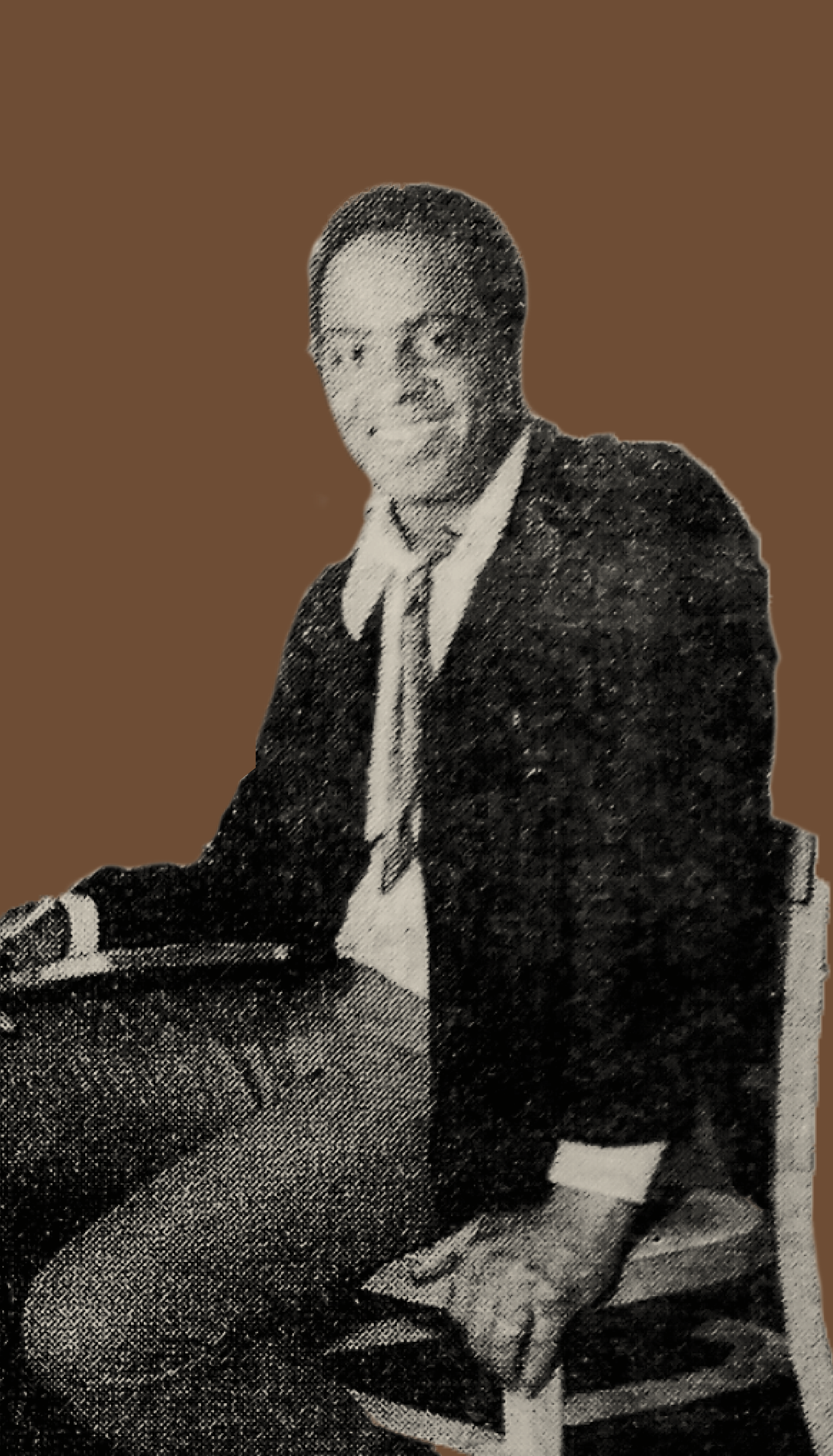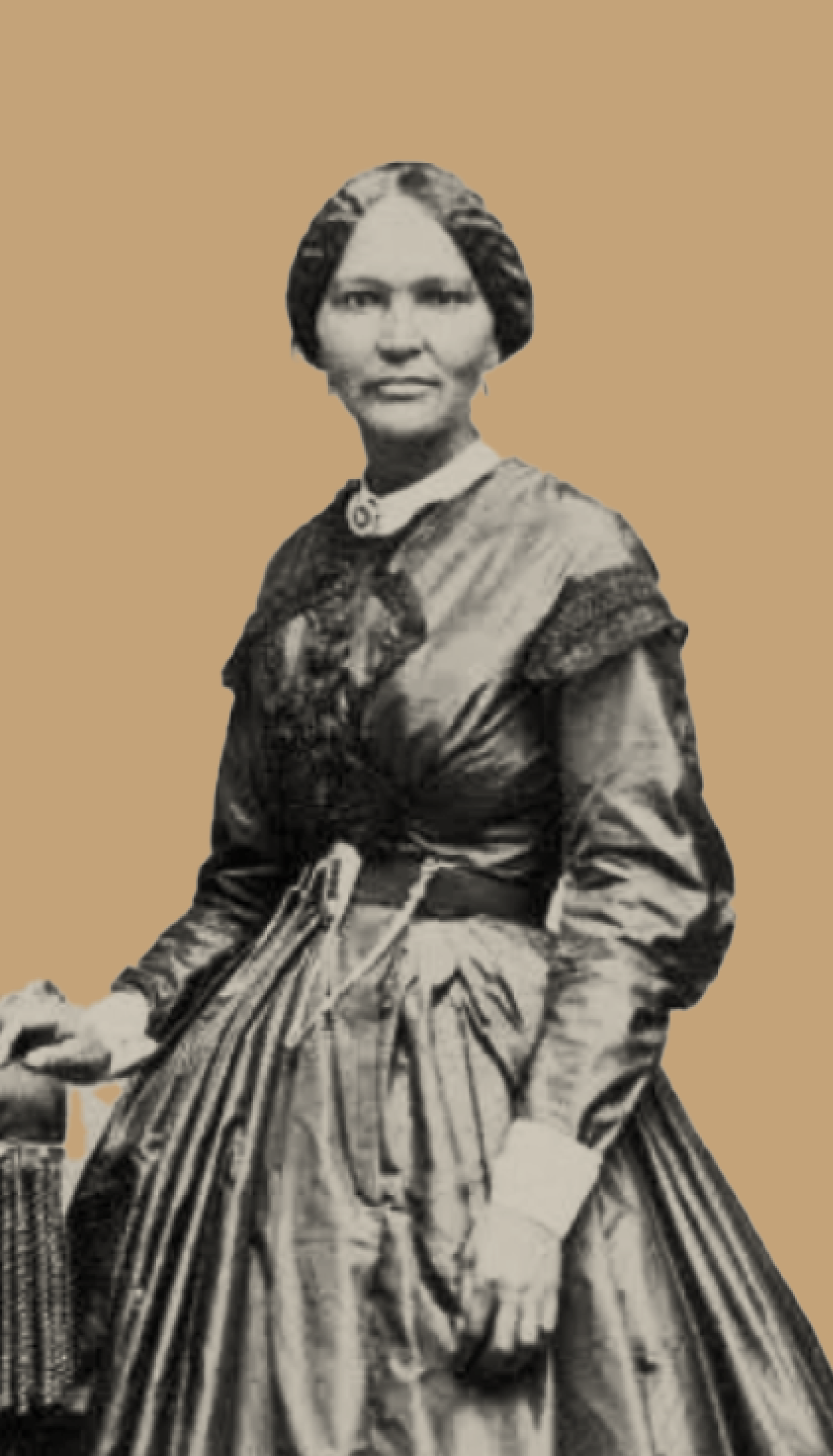Today’s fashion industry has been largely inspired by black and brown people. Talented icons, who pioneered techniques, styles, and methods of design have gone unrecognized for their contributions throughout history.
While we at EUMELANIN work to celebrate and uplift communities today, it is equally important that we acknowledge those who have come before us and helped carve out a place at the forefront for black and brown people in the fashion industry.
In honor of these unsung heroes, we have renamed the colors of our core palette. These colors are inspired by the richness of black and brown skin, but have now taken on even greater significance. We hope that when our community wears EUMELANIN, they not only feel beautiful in their skin, but that they carry their strength and ingenuity along with them.
Honoring our history

Zelda
Zelda Wynn Valdes was born on June 28, 1905 in Chambersburg, PA. As a young woman, Zelda started working in her uncle’s tailoring shop in outer New York, while also working in a high-end fashion boutique as a salesgirl. In 1948, she opened her own shop on Broadway in New York City, making her the first African-American to own a store on the highly coveted street.
-
Zelda helped popularize the hour glass figure in the 40s and 50s. She specialized in creating clothing for curvier women, and could create gowns that fit perfectly for clients without measuring and through eye alone. Zelda quickly became one of Hollywood’s most sought after designers, creating dresses for Josephine Baker, Mae West, Ella Fitzgerald, Eartha Kitt, Diahann Carroll, Dorothy Dandridge, Ruby Dee, Marlene Dietrich and the wedding of Maria and Nat King Cole.
Community was important to Zelda. In 1949 she co-founded the National Association of Fashion & Accessory Designers (NAFAD) alongside Mary Mcleod Bethune and served as the New York chapter president. NAFD was created to diversify fashion by elevating a coalition of black female designers and addressing discrimination in the industry.
In 1970, Zelda was approached by Arthur Mitchell to serve as the head costume designer for his then newly-established performance company, the Dance Theatre of Harlem. She designed until her death in 2001.
During her lifetime Zelda Wynn Valdes created a trove of gorgeous high-fashion designs and costumes. She broke barriers and changed the aesthetics of feminine beauty forever.

Hylan Booker
In 1958, Hylan Booker – a 19-year-old black G.I. from Detroit – was stationed at the smallest active combat base in London, England. But he knew a soldier’s life wasn’t for him, and that the world of fashion and dress design had his number. Hylan first became interested in art while studying at Cass Technical High School in Detroit, MI. While stationed in London, he attended Swindon Tech for fashion design, which led him on a journey to the Royal College of Art. He was even granted time away from the air force to take necessary exams for admittance. He stated, “the service could be a pretty exacting thing, but I found the personal space to do the things I wanted to do.”
-
Later, he started his own brand in an attic behind liberty. With one sewer, and himself, he created an amazingly successful business. He said, “London allowed us all to have a separate personality and still get attention. To think something one day, and the next day it’s important, that is extraordinary.”
In 1967, Hylan won the coveted Yardley Award as the leading British Designer. It’s said that the award paved the way for his appointment as head designer at House of Charles Frederick – a couture establishment on Grovenor St. The founder of which is credited as the father of haute couture. With this appointment, Hylan became the first black couturier in the world over a fashion house.
Today, though retired from the world of high fashion, you can find Hylan working at the Los Angeles County Museum of Art

Willi Smith
Willi Smith was born in Philadelphia, Pennsylvania on February 19, 1948. In 1965, he received two full scholarships to Parsons School of design. He left Parsons at 19 to freelance, but ran into many obstacles before launching his womenswear line Williwear limited in 1976 in a showroom off 7th avenue in New York City’s garment district. Williwear was in over 500 stores across the United States and Europe and it grossed over 25 million a year by 1986.
-
Willi built one of the most influential fashion brands of the 1980s and is known as one of the most successful black designers in history. He was the first to blur the lines between high fashion and street fashion pioneering what he called “Street couture,” loose fitting silhouettes, brightly colored natural fabrics, bold prints that were not only fun, witty and out of the box, but sophisticated. His clothing was designed to be accessible to everyone; prices the ordinary person could afford with style and quality that also appealed to the wealthy.
Willi once stated “I don’t design clothes for the queen but the people who wave at her as she goes by,”
In 1978 he added menswer to his brand, making him the first designer ever to produce menswear and womenswear under the same organization, and in 1983 he released his “Street Couture '' Collection. To say it broke barriers would be an understatement; his collection and fashion show paved the way and laid the foundation of what fashion shows are today. Street Couture brought together the worlds of fashion, art and musical performances.
In 1983 Willi won the Coty American Fashion Critics Award for womens fashion, making him the second black designer to win. In 1985 he won the Cutty Sark Men’s Fashion Award. In 1986 he designed the wedding dress worn by Mary Jane Watson when she married Peter Parker in the Amazing Spider Man Annual #21. In 1987 Willi was commissioned by Ruth E. Carter designed gowns for the Miss Mission College homecoming court in one of our favorite Spike Lee joints, School Daze, which was released in 1988.
Willi Smith Died at the age of 39 in 1987 after a fabric sourcing trip to India after complications with pneumonia, it was later found he had HIV which contributed to his death. At the time of his death he was the most successful black designer for women and men in America.
In 1988 New York City Mayor David Dinkins proclaimed February 23 “Willi Smith Day” for his achievements as a designer.

Elizabeth Keckley
Elizabeth Keckley was born February 1818 in Virginia. She was enslaved for the first 30 years of her life. During this time she was taught dressmaking by her mother Agnes Hobbs. After starting a dressmaking business as a slave in St. Louis, she became the primary supporter of 17 people for 2 years and 5 months. As her standing in the community grew so did her desire to continue business, but as a free woman. She used her mastery of garment construction to buy her and her son George’s freedom in 1855 for $1200 – equivalent to $33,000 today.
-
In the spring of 1860 she moved her and her son to Washington D.C, which was seen as a place for economic opportunity and stability for thousands of freed black men and women. When Keckley arrived in D.C there were over 14,000 African Americans and 78% were free. Dress making was one of the highest paid professions for a black woman, out of the 250 black dress makers Keckley quickly became one of the most successful and well known during this time period. She was able to grow her small business from a one woman operation to a vital participant in the elite fashion system with a staff of 20 by the tenth year of her freedom. Keckley's success and black dressmakers of that era carved out an ever growing space in the American Fashion industry for black designers.
While she was in DC, Keckley was connected to First Lady Mary Todd Lincoln. Over time Mrs. Lincoln and Keckley formed a friendship and she made many dresses which provided Keckley with a unique perspective into the world of the Whitehouse and the personal lives of the Lincoln family.
During this time Keckely began to pen her memoir 30 Years a slave and 4 years in the white published in 1868. She described her life from her birth into slavery to that of a successful businesswoman. Throughout her life, Keckley created beauty where there was none. Her work showcases how clothing can be a vehicle for autonomy.
A pioneer of the fashion industry almost forgotten. In the words of Elizabeth Keckley “No one could subdue my proud and rebellious spirit, but many would try.”
Our mission is to address issues of colorism and redefine what it means to be beautiful in every shade.
Now you know the history behind our color palette, let’s talk some more about colors.





